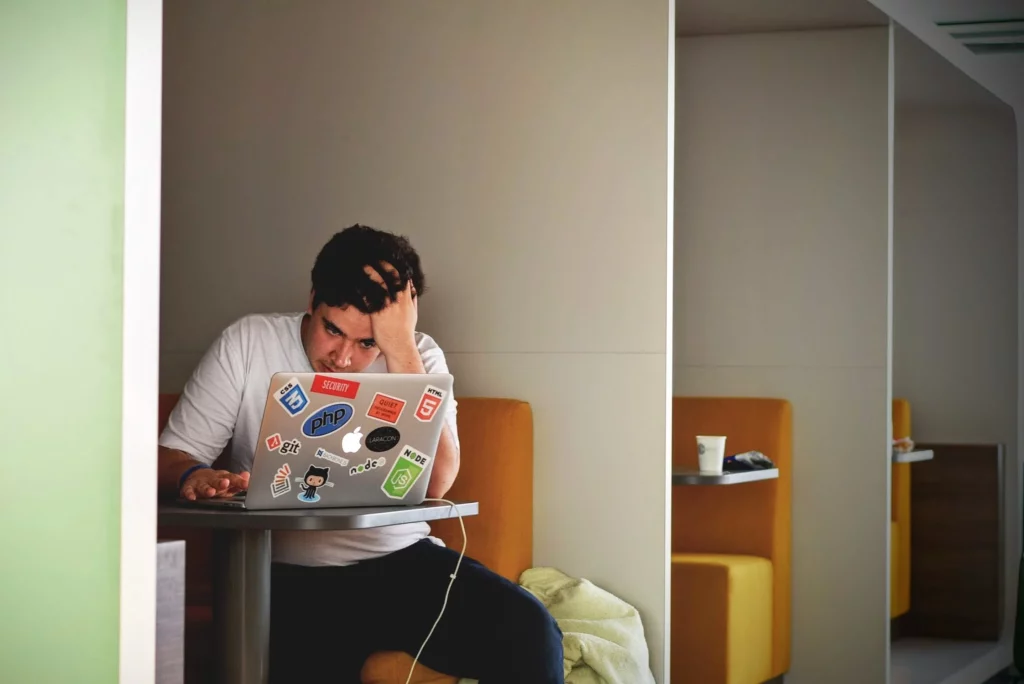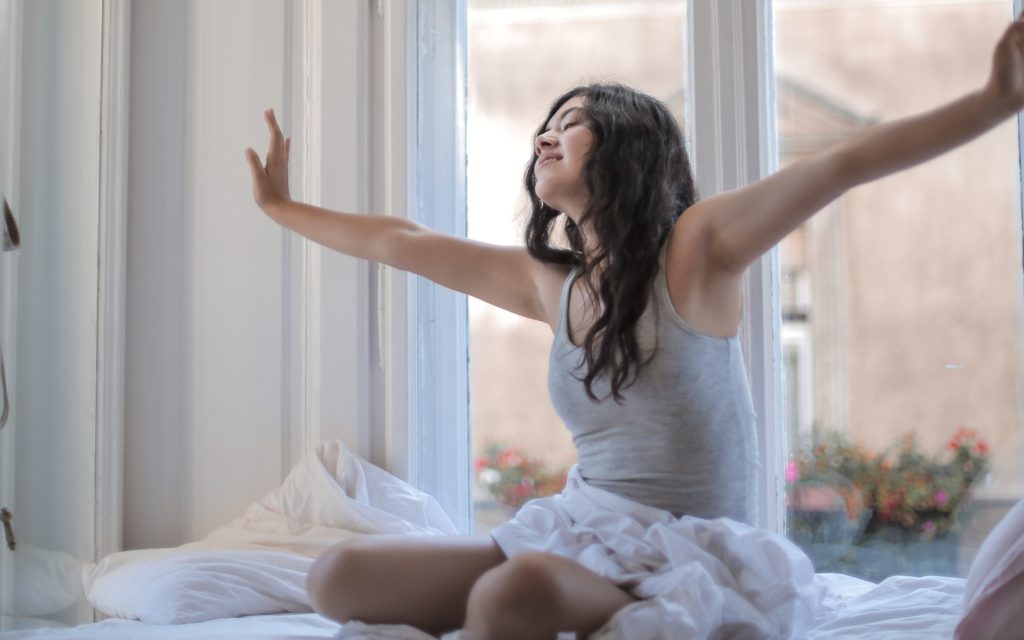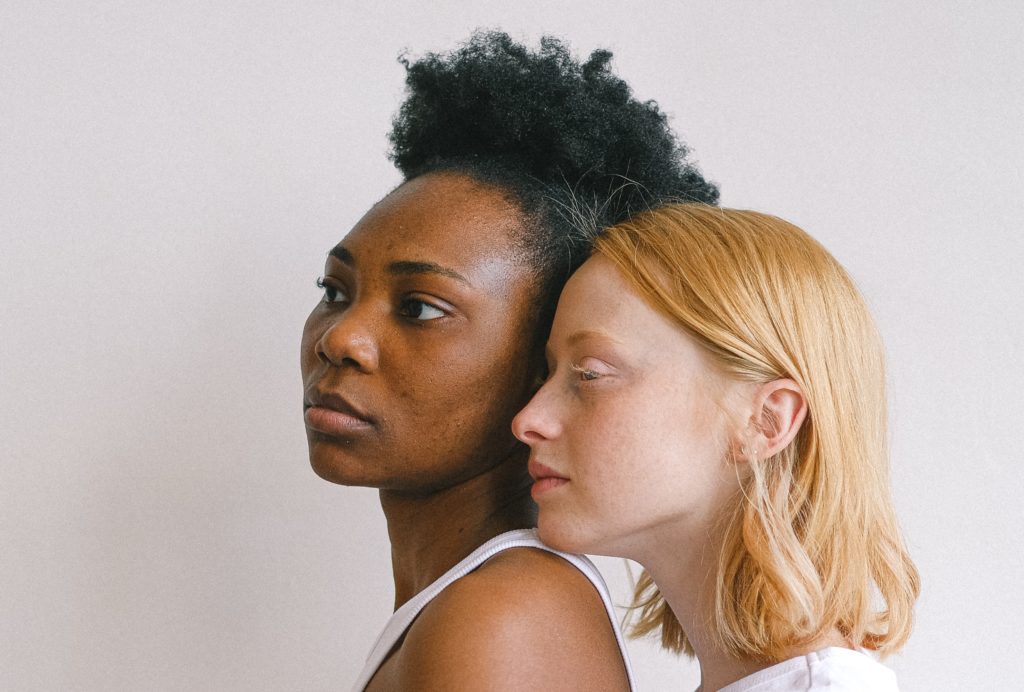If you’re an artist, or even just like doodling sometimes, you’ve probably encountered “art block.” It’s like writer’s block, but for artists, and can be just as frustrating. It’s especially tough because for many of us, art is how we express our feelings, build confidence, and cope with stress. But there’s good news: we can figure out what causes art block by locating the steps in the process where people get stuck.
1. You can’t think of any ideas.
This one is actually less common than #2. Most people can think of something to make, even if just by looking around the room and drawing what they see. This is for when your brain can’t even get that far. It just feels stuck or empty.
A few different things can cause this:
- You’re mentally or physically tired.
- You’re experiencing decision fatigue. This is a type of mental exhaustion that can happen if you’ve been making decisions or managing responsibilities all day. Decision fatigue makes it hard to make all the micro-decisions needed for creating art.
- You’re overwhelmed by possibility. Sometimes, having a blank canvas in front of you and no limits actually makes creativity harder.
- You’re not used to coming up with creative ideas. This one gets easier with practice.
2. You get ideas, but can’t pick one.
Many people who think they have #1 are actually dealing with this one. The ideas may be very plain and boring, like “Draw the coffee cup in front of me,” but those are still ideas. It could be that none of your ideas capture your attention or inspire you. Or it may happen so automatically that you don’t even notice the ideas slipping by. These things can cause it:
- Your brain needs help focusing. This happens most often for folks with ADHD, but can also happen to anyone who is stressed out, preoccupied, or just plain tired.
- Your brain is ruling out ideas too quickly. Many people will unconsciously do this because they don’t feel skilled enough to attempt their ideas yet, or don’t think the ideas are worth trying.
- You’re trying to pick the perfect idea. This can lead to a lot of waiting…
3. You can pick an idea, but can’t bring yourself to start drawing/painting.
You know what you want to make but something is getting in the way! What is it?
- You’re putting too much pressure on yourself. Bolded because it is the most common cause of art block I see. Artists will want to make the art look just like it does in our heads, and it never does. This is closely related to fear of messing up.
- You’re not sure how to start. As in, you literally don’t know which marks to put on the page, or in what order. This can be fixed by learning more about the thing you want to draw.
- Attention difficulties. This includes decision fatigue and lack of focus, too.
4. You can start drawing/painting, but it doesn’t turn out how you wanted.
In this scenario, you can create art, but it isn’t meeting your standards. It may feel like your skills have disappeared, your hand won’t obey your brain, or errors jump out at you after you draw them.
98% of the time, you haven’t actually “lost” any skill. It may be that you’re rushing, or forgot a specific technique, or are using bad materials. Or, like with #3, you could be too self-critical. If you create art while you’re already feeling bad about yourself, it’s common for that to influence how you see your artwork, too. Which leads us to #5…
5. What causes art block the most? Low self-esteem.
The biggest underlying reason why people get stuck – and the reason I’m talking about this on a mental health blog – is that many artists struggle with self-esteem. Art is very personal, and it’s hard not to see your art as a reflection of yourself.
On the upside, this means improving your self-esteem will probably improve your art skills, too. Why? Because then your identity and self-worth won’t depend on it. It will make art more fun, less stressful, and you’ll probably get more art done. This is the core of my approach for my artistic clients in therapy. Drop me a line if it sounds like it’d be helpful for you, too.
Now that we’ve gone over what causes art block, you have figured out where your own “sticking point” is. Or you may think, “That’s great, but I’d really like to know how to cure art block, too!” Not to worry: next time, I’ll talk about ways you can tackle each of the causes I listed today. Until then, happy art-ing!


